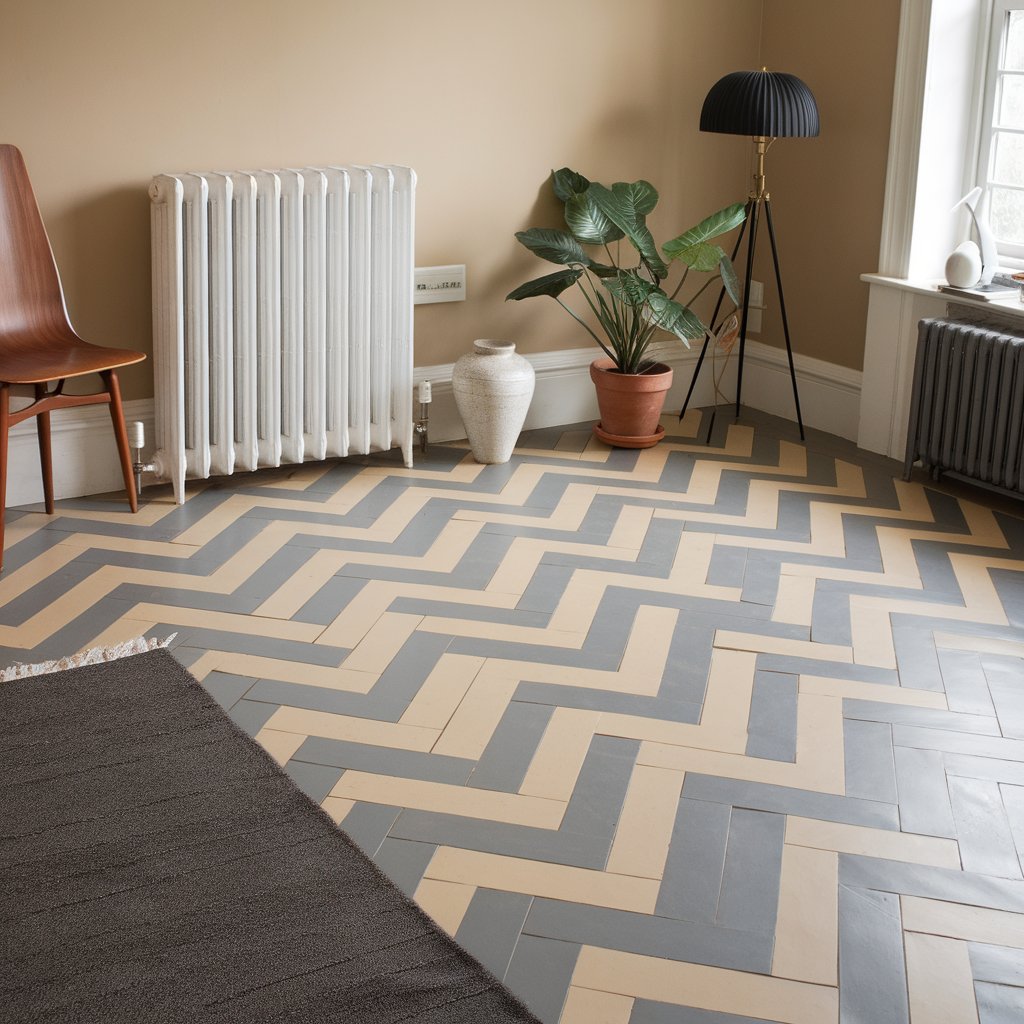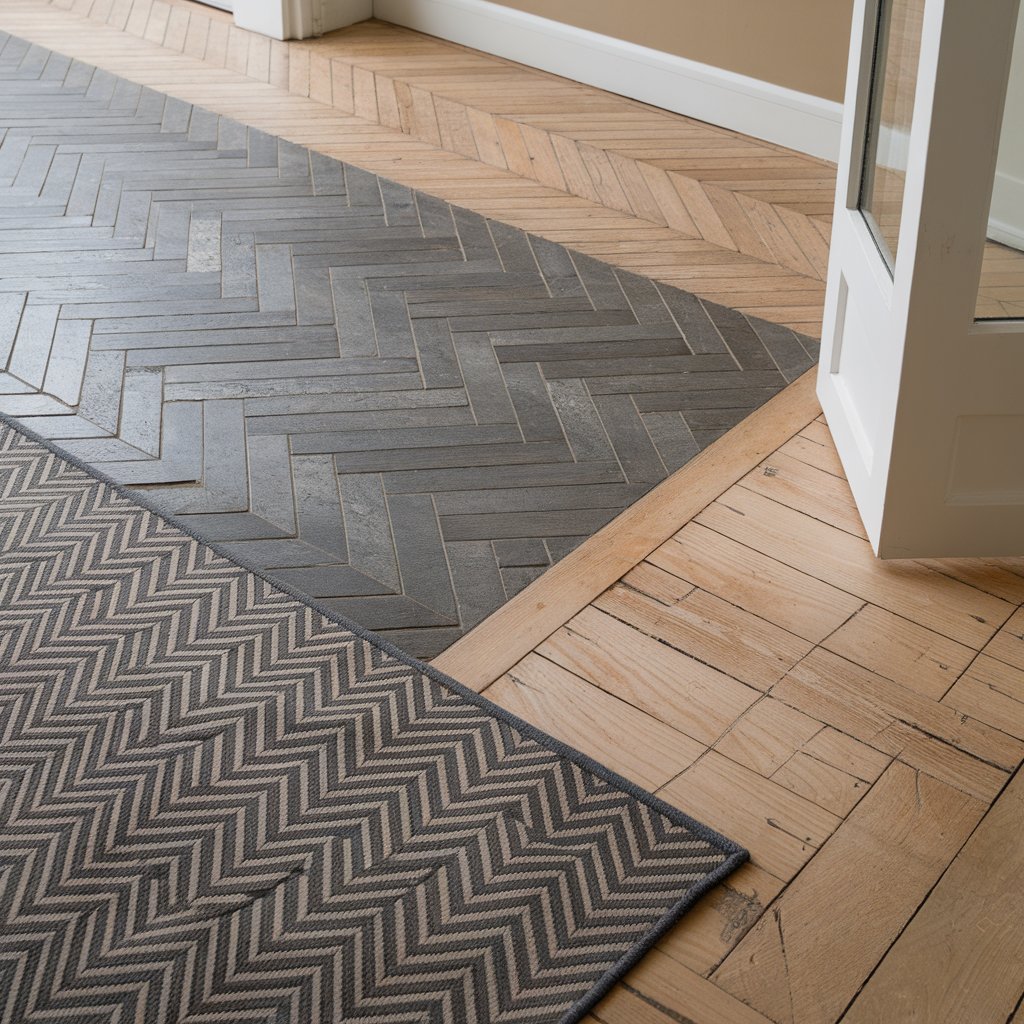Investing in a floor that not only looks terrific but also delivers lasting warmth and practicality is essential for any UK property. Vinyl flooring with underfloor heating offers a modern and energy-efficient solution for homeowners seeking comfort, durability, and style. With heating systems hidden discreetly beneath the surface, this approach helps you maximise space while maintaining consistent warmth underfoot.
In this guide, we’ll delve into the fundamentals of vinyl flooring alongside underfloor heating, examining vital factors like compatibility, subfloor preparation, and heat-resistant adhesives. Whether you’re exploring a new build or renovating an existing home, understanding the benefits and installation methods can make all the difference. Let’s explore how vinyl can partner seamlessly with underfloor heating to elevate both comfort and aesthetics in your UK space.
Many homeowners wonder, ‘can vinyl flooring be used with underfloor heating?’ Absolutely — especially if you go for top-quality vinyl that is designed for modern UK heating systems. Vinyl boasts excellent thermal conductivity, which helps disperse heat evenly. This synergy keeps your home warm during even the chilliest months. Plus, its relatively thin structure allows heat to rise efficiently.
LVT is a leading example of how you can use underfloor heating with vinyl flooring, ensuring minimal heat loss and maximum comfort. Pairing vinyl flooring with underfloor heating often involves Luxury Vinyl Tile (LVT) that can withstand temperature fluctuations. For added peace of mind, it’s wise to check manufacturer recommendations on maximum heat limits and adhesive requirements. Slip-resistant layers can boost safety, ensuring a warm, secure floor for homes and businesses alike.
Alongside a cosy underfoot experience, vinyl provides easy maintenance and a wide range of designs. This versatility suits varied British interior styles, from rustic to contemporary. Incorporating underfloor heating also enhances your property’s overall value, thanks to better energy efficiency.

One common question is, ‘are all vinyl floors compatible with underfloor heating?’ While most high-quality vinyl tolerates moderate heat, not every product performs equally. Always verify temperature limits and thickness guidelines from the supplier. Vinyl with a stable core and proper certification resists warping or weakening under sustained warmth. This reassurance means your flooring won’t suffer premature damage and instead retains its shape and finish, even in areas that get regularly heated.
To ensure optimal efficiency when installing vinyl flooring over underfloor heating, meticulous attention to subfloor preparation is essential. A smooth, level, and thoroughly dry surface facilitates superior heat transfer and prevents the formation of uneven areas. Where moisture is a potential concern, incorporating a suitable moisture barrier is strongly advised. This additional layer of protection helps prevent damp-related issues and preserves the integrity of your vinyl flooring. A properly prepared subfloor not only enhances overall comfort but also contributes significantly to the durability and performance of the heating system.
Equally important is the selection of a heat-resistant adhesive specifically designed for use with underfloor heating systems. In the UK, these specialist adhesives are formulated to withstand temperature fluctuations, ensuring a secure and long-lasting bond between the vinyl and subfloor. By opting for a high-quality, heat-rated product, you can maintain excellent adhesion, avoid issues such as creasing or peeling, and maximise the system’s thermal efficiency. Together, comprehensive subfloor preparation and a robust adhesive form the foundation for a warm, stable, and enduring flooring installation.
When installing vinyl flooring with underfloor heating, begin by confirming that both the flooring material and heating system are compatible. Prepare the subfloor by ensuring it is clean, level, and completely dry. Where necessary, apply a moisture barrier and levelling compound to create a stable, even surface that supports efficient heat transfer.
Carefully measure and cut the vinyl to fit the room’s layout, leaving a small expansion gap around the perimeter to accommodate thermal movement. Use a heat-resistant adhesive, following the manufacturer’s instructions, and press the flooring firmly into place for secure bonding.
Allow the adhesive to cure fully before activating the underfloor heating. Gradually increase the temperature to the recommended range of 26–28°C to prevent stress or warping. With correct preparation and installation, vinyl flooring offers a long-lasting, comfortable, and thermally efficient solution suitable for both residential and commercial interiors.

Vinyl flooring with underfloor heating brings considerable benefits to UK homes and businesses by increasing comfort, reducing energy usage, and adding aesthetic appeal. By focusing on compatible products, careful subfloor preparation, and reliable adhesives, you’ll ensure steady warmth circulates beneath your feet. At Floor Coverings Local, we specialise in guiding you through the vast array of vinyl flooring options and installations. Whether you’re modernising a family home, planning to replace vinyl flooring in a commercial property, or upgrading a living area, professional expertise helps you achieve a floor that genuinely elevates daily life.